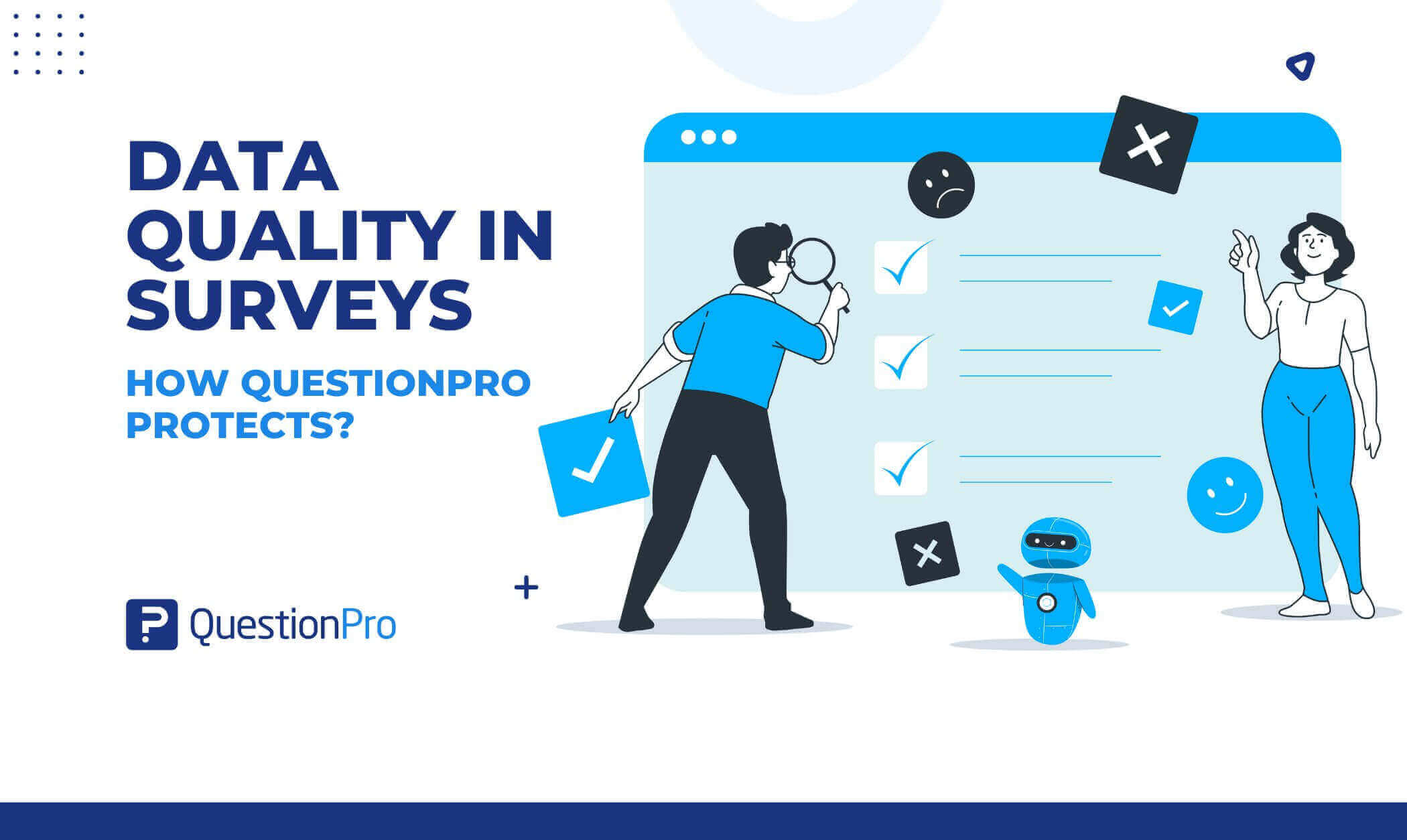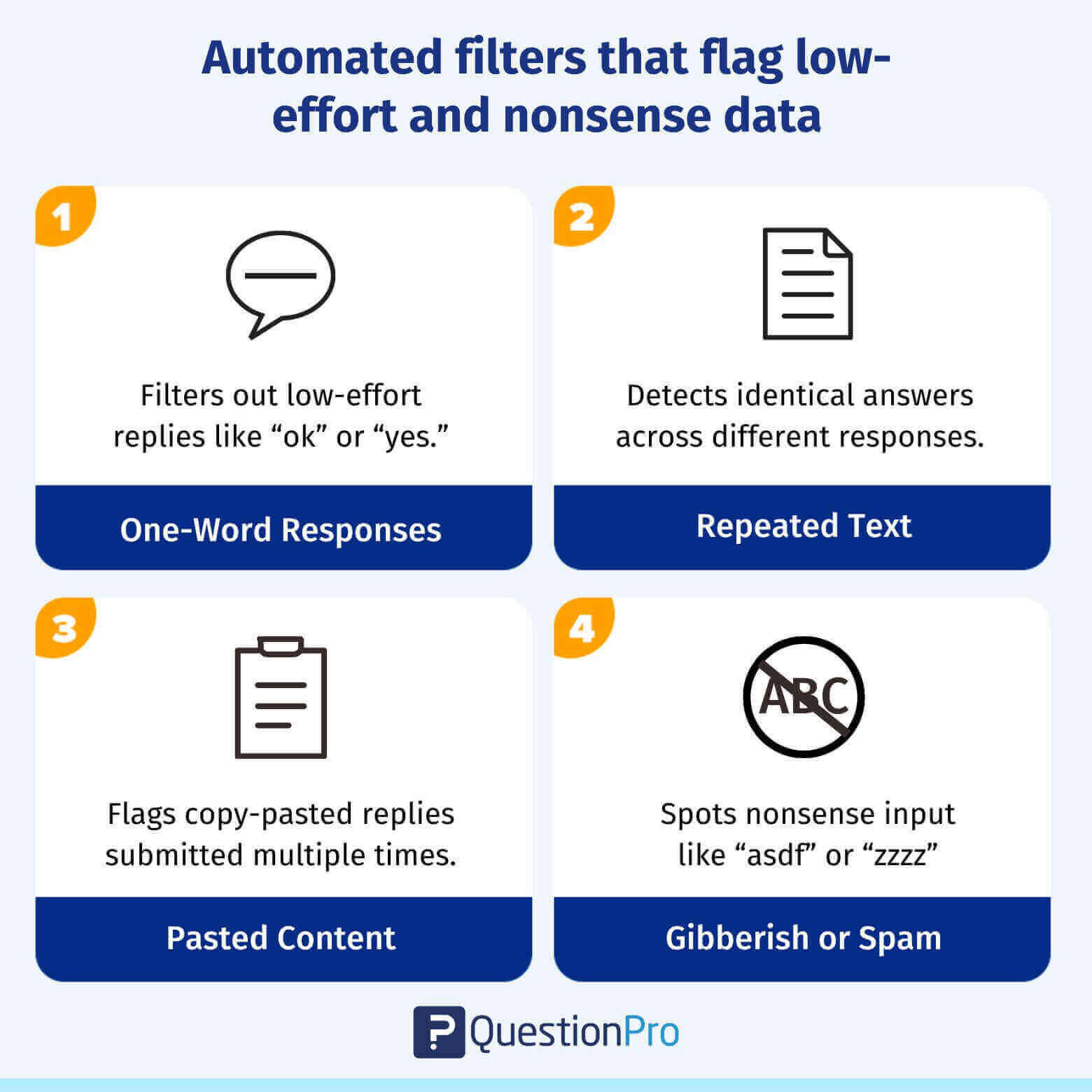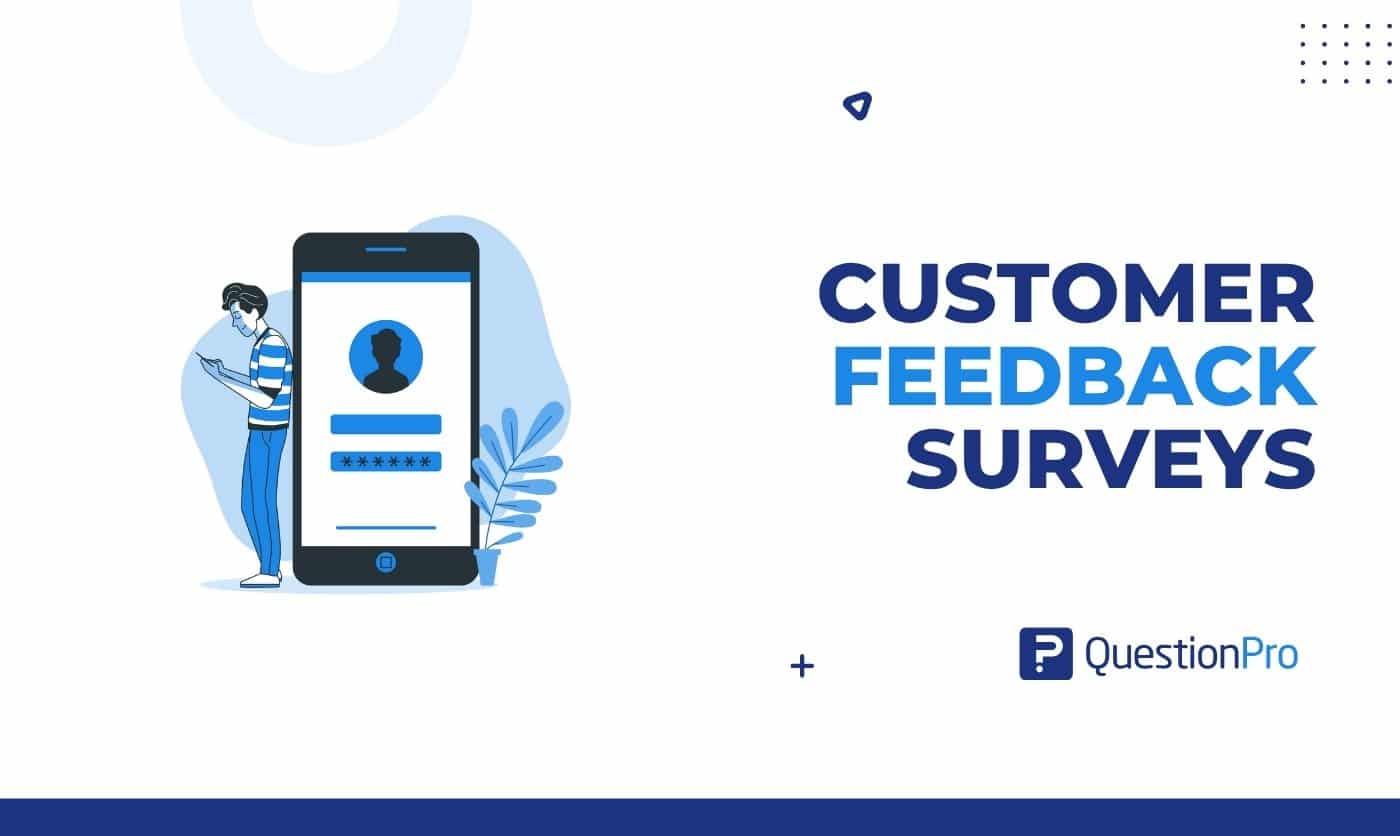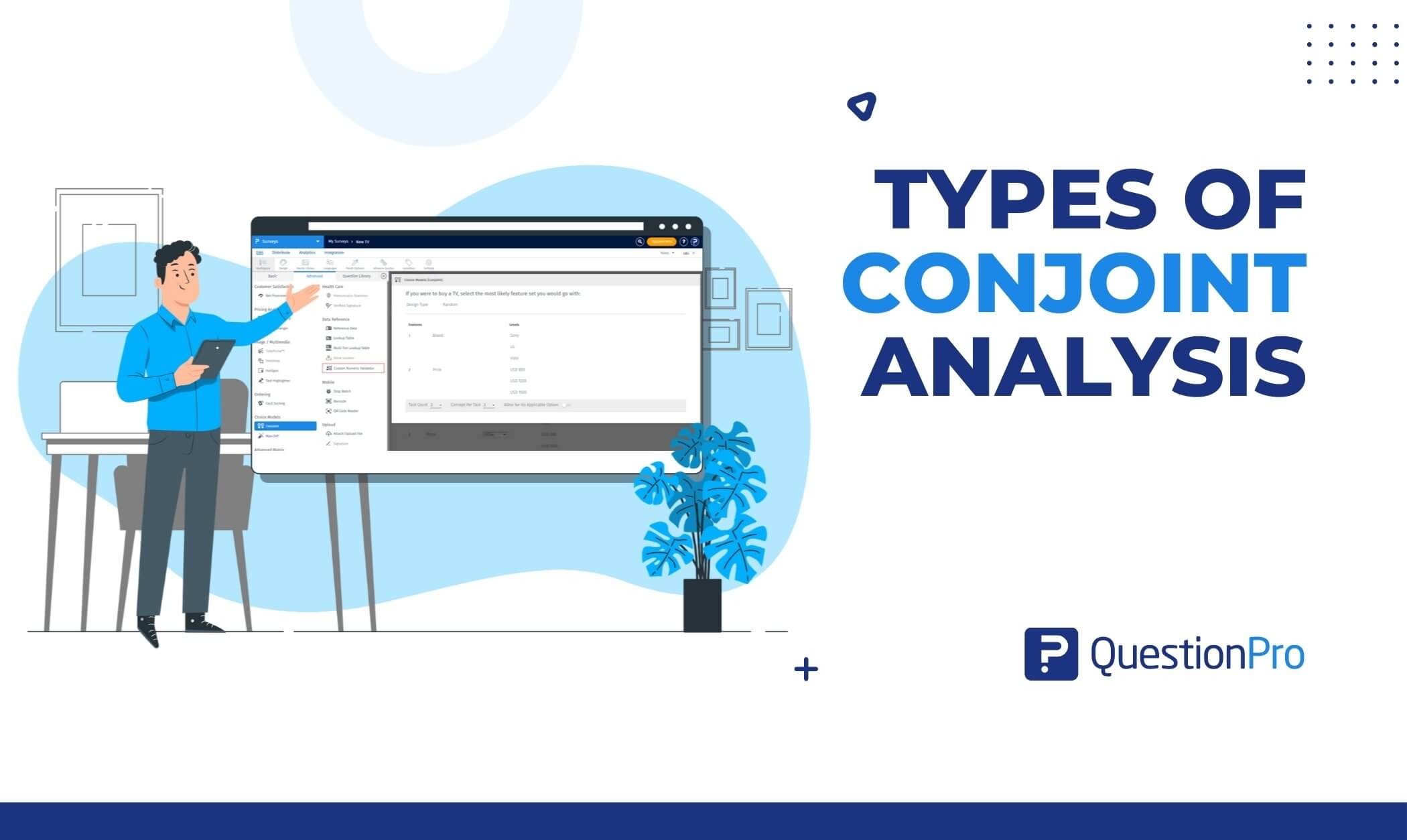
Survey data is under pressure—and researchers feel it
In the world of survey research, high-quality data isn’t a luxury—it’s the foundation of every insight, decision, and strategy. But that foundation is under threat.
Today’s researchers face a surge of poor-quality responses, bots posing as humans, panel fatigue, and click-through behavior driven more by incentives than genuine opinions. And as digital fraud techniques grow more sophisticated, so do the challenges of maintaining data integrity.
If bad data slips through, it doesn’t just impact reports. It leads to flawed products, missed market signals, and wasted budgets.
That’s why data quality in surveys has become a non-negotiable priority—and why QuestionPro has made it a core focus of our platform.
What makes QuestionPro’s data quality framework different
While many platforms offer basic fraud detection, QuestionPro uses a multi-layered, AI-enhanced system to protect your survey data at every stage—from entry to export.
Our data quality process combines automated intelligence, behavioral analysis, digital fingerprinting, and human logic checks to identify low-quality or fake responses before they distort results.
Let’s take a closer look at what that means in practice.
AI and machine learning that adapt to evolving fraud
At the heart of QuestionPro’s quality controls is a suite of machine learning algorithms trained to detect subtle anomalies in survey behavior. These models don’t rely on static rules—they learn over time from flagged responses across millions of survey sessions.
This allows us to:
- Recognize new bot behavior patterns
- Detect cross-survey abuse across IPs and device fingerprints
- Block repeated fraudulent traffic from known sources
- Constantly evolve our criteria for “clean” data
For example, if a new group of respondents begins showing up with nearly identical response times, browser fingerprints, or device settings—but inconsistent geolocation—our system catches the pattern and flags the batch for additional checks.
Recently, we spoke about how a real-life example of how QuestionPro protects your survey data by catching fraudsters, in this case J4U by using a mix of machine learning and artificial intelligence.
Behavioral and time-based checks built into the engine
Speed matters—but in survey data, speed often signals trouble.
That’s why we use a combination of speed traps, attention checks, and timing audits to detect:
- Respondents completing surveys faster than the realistic threshold
- Repeated patterns in checkbox selections (e.g., always selecting the first or last item)
- Predictable or non-human-like scrolling and clicking behavior
If a respondent completes a 10-minute survey in under 90 seconds, selects “Strongly Agree” to every question, or skips all open ends, that record is downgraded or removed from the dataset.
Automated filters that flag low-effort and nonsense data
Beyond timing, QuestionPro identifies responses that lack meaningful content—responses that meet the bare minimum but offer little value. We flag and remove:

- One-word open-ended answers (e.g., “ok,” “good,” “yes”)
- Duplicate text entries across multiple responses
- Copy-pasted content that appears identical across records
- Gibberish or keyboard spam (e.g., “ajsdklf,” “zzzzzzz”)
By integrating text analysis at scale, we ensure your qualitative data remains useful, clean, and insight-worthy.
IP duplication and digital fingerprinting
One respondent. Multiple entries. Different email IDs.
It happens more than you’d expect—which is why QuestionPro tracks every entry with IP address logging and device fingerprinting.
When we see:
- The same IP used across multiple records
- Identical device fingerprints used under different identities
- Time zone mismatches between device and survey region
…the system flags or blocks those responses automatically.
We don’t rely on a single signal—we use a web of indicators to distinguish legitimate users from repeat fraud attempts.
Logic detection for patterned responses and checkbox abuse
Some bad respondents aren’t bots—they’re real people, just clicking through carelessly.
That’s why we check for:
- Patterned checkbox behavior (e.g., selecting every other option)
- “Select all” responses in rating or agreement grids
- Repeating logic patterns across matrix questions
Combined with our AI layer, this approach detects not just bots—but real users providing low-effort, unusable data.
Human verification and recontact mechanisms
AI can go far—but some quality checks still require a human lens.
QuestionPro allows you to build a recontact layer into your survey programs. For high-stakes studies or panel builds, we can automatically:
- Send follow-up questions or thank-you notes
- Track bounce rates or no-response patterns
- Measure time to reply for additional verification
This human layer verifies participant authenticity and builds long-term trust with genuine respondents.
Data quality – an evolving standard, not a one-time filter
Poor data quality in surveys isn’t a one-time issue—it’s a moving target.
That’s why we treat survey fraud and response manipulation as an active threat model, not a post-hoc cleanup task. We update our quality models weekly based on new patterns, anomalies, and feedback from our research operations team.
Every time our system catches a new tactic—whether it’s a device spoof, behavioral mask, or AI-generated response—we push the update platform-wide.
Why it matters: insights, not just data
Ultimately, the purpose of a survey isn’t to collect answers—it’s to extract actionable insight. But no model, dashboard, or report can fix garbage inputs.
Bad responses don’t just skew metrics—they create false confidence, send decision-makers in the wrong direction, and increase risk across the business.
At QuestionPro, we treat data quality in surveys as a foundational pillar of every research study. Clean data means confident insights. And confident insights mean smarter strategies, faster decisions, and stronger outcomes.
Get started with advanced survey data quality with QuestionPro
Want to see how we keep your survey data clean, verified, and trustworthy? Explore the features or reach out to our team:
You focus on asking the right questions.
We’ll make sure you trust the answers.







